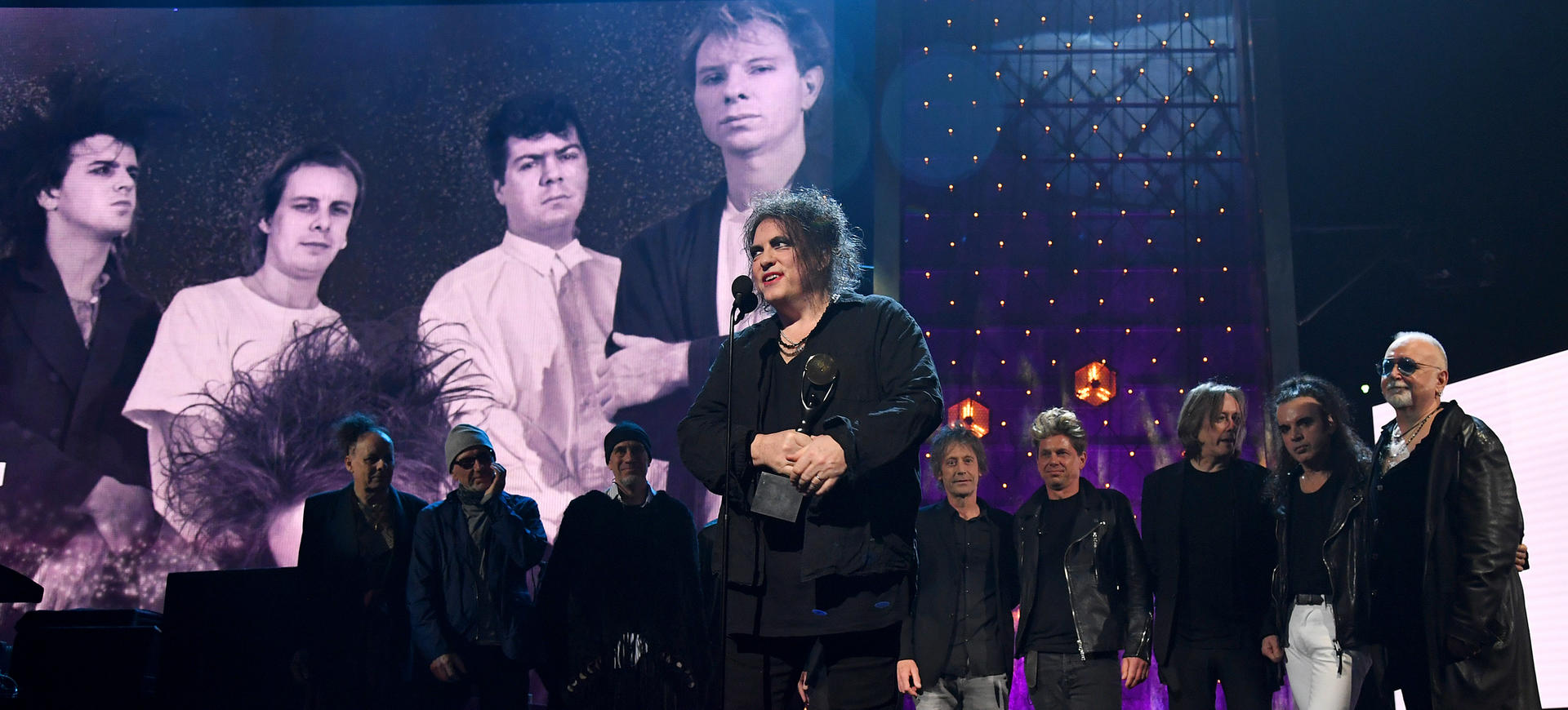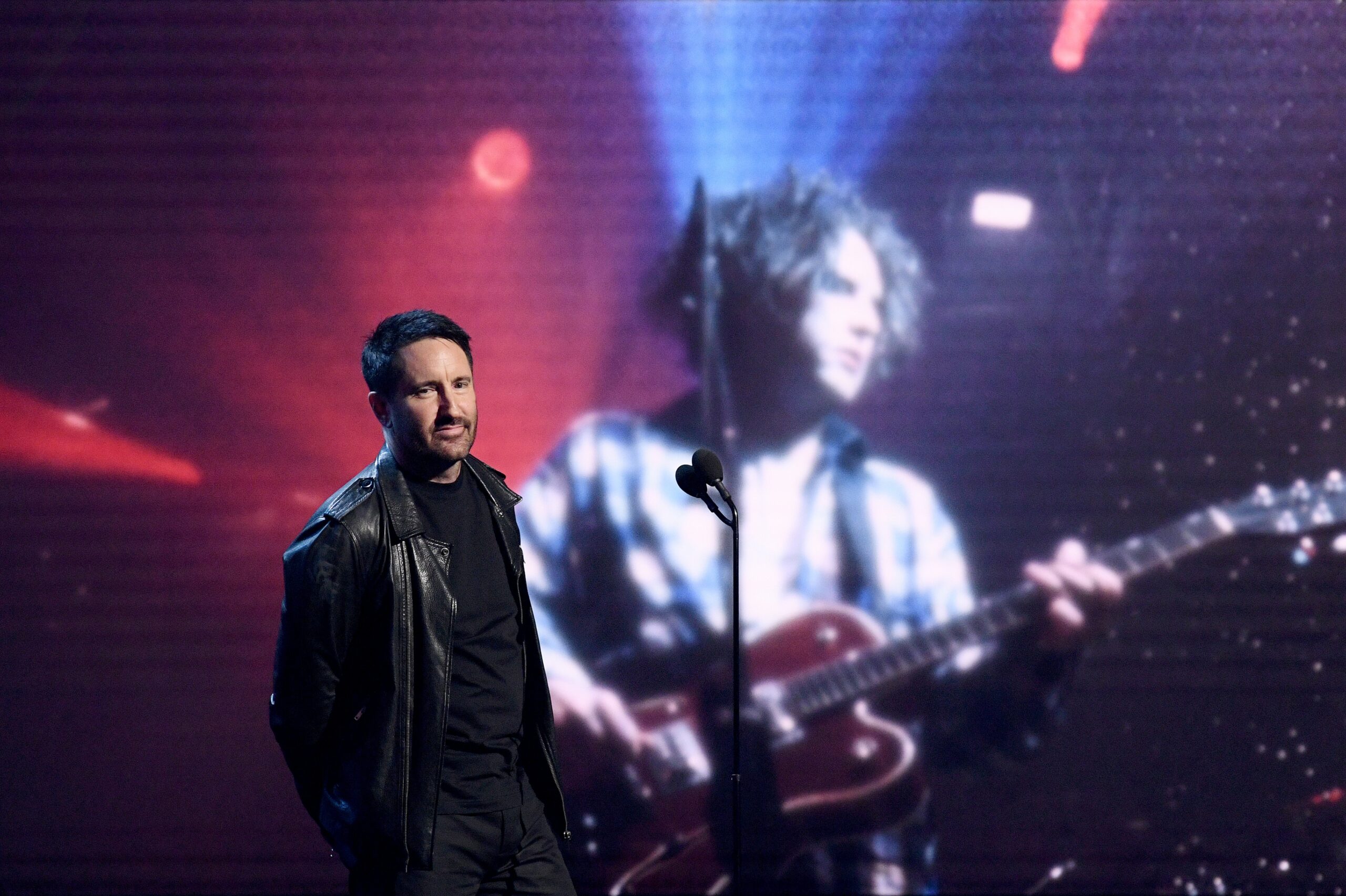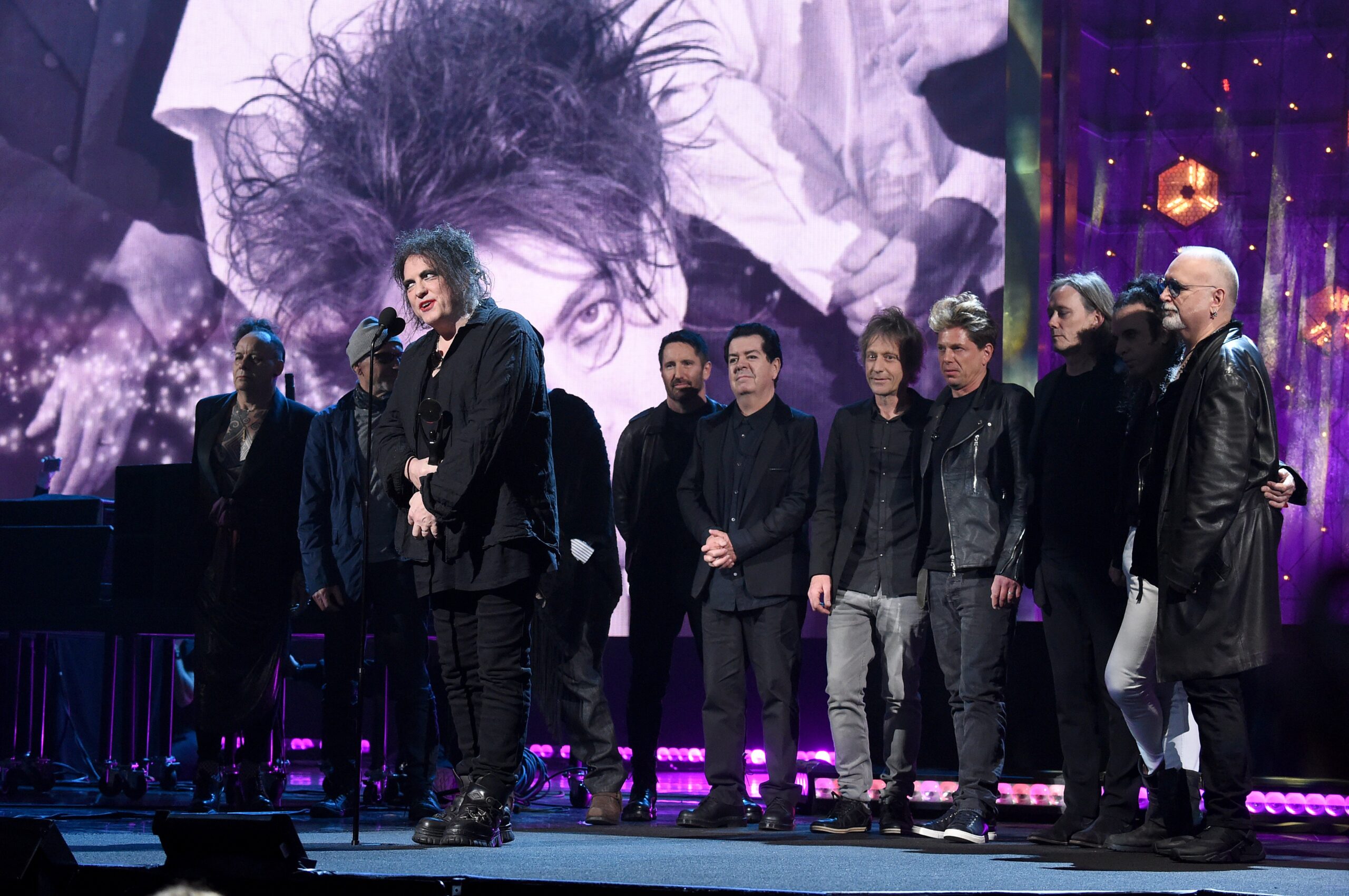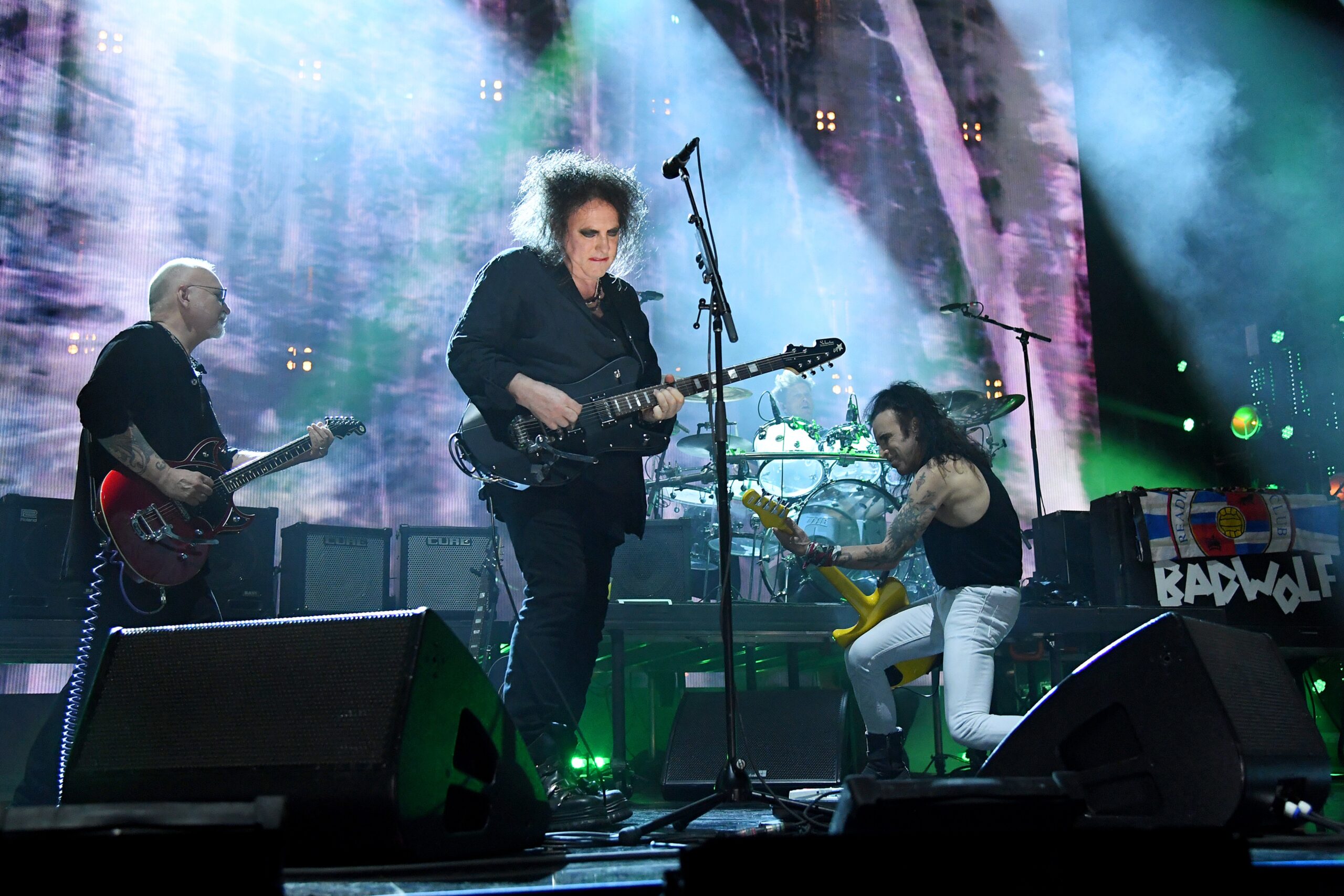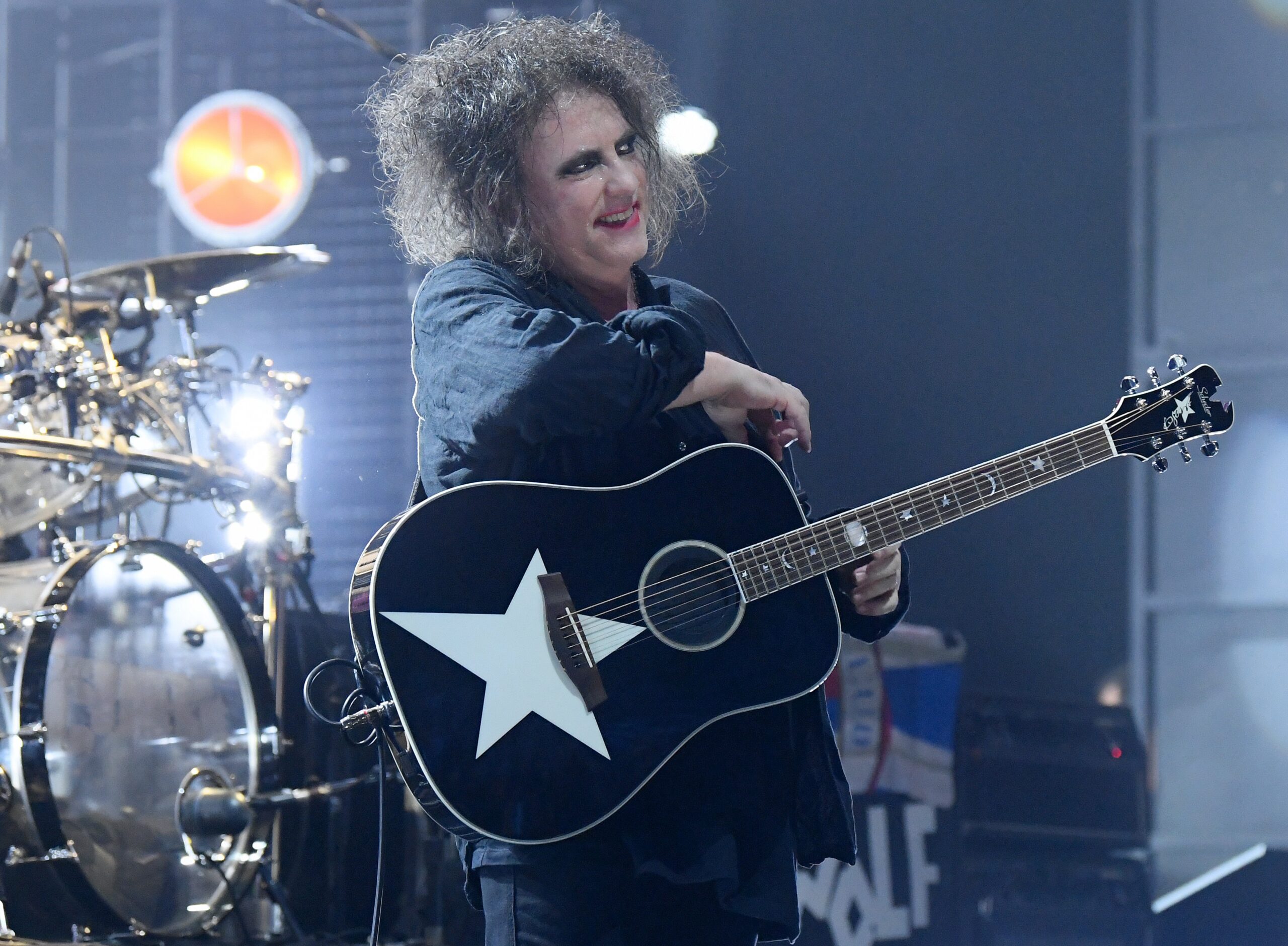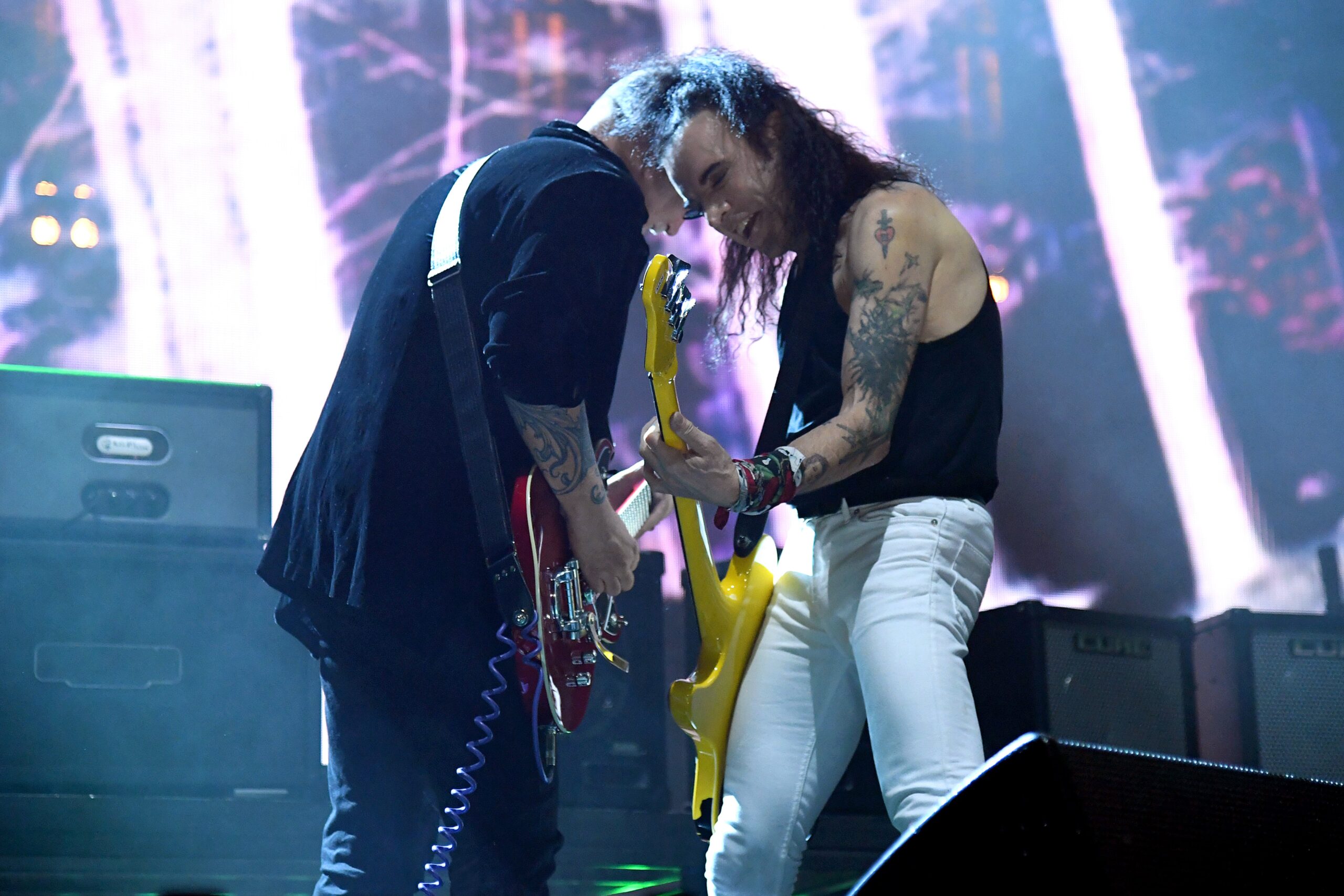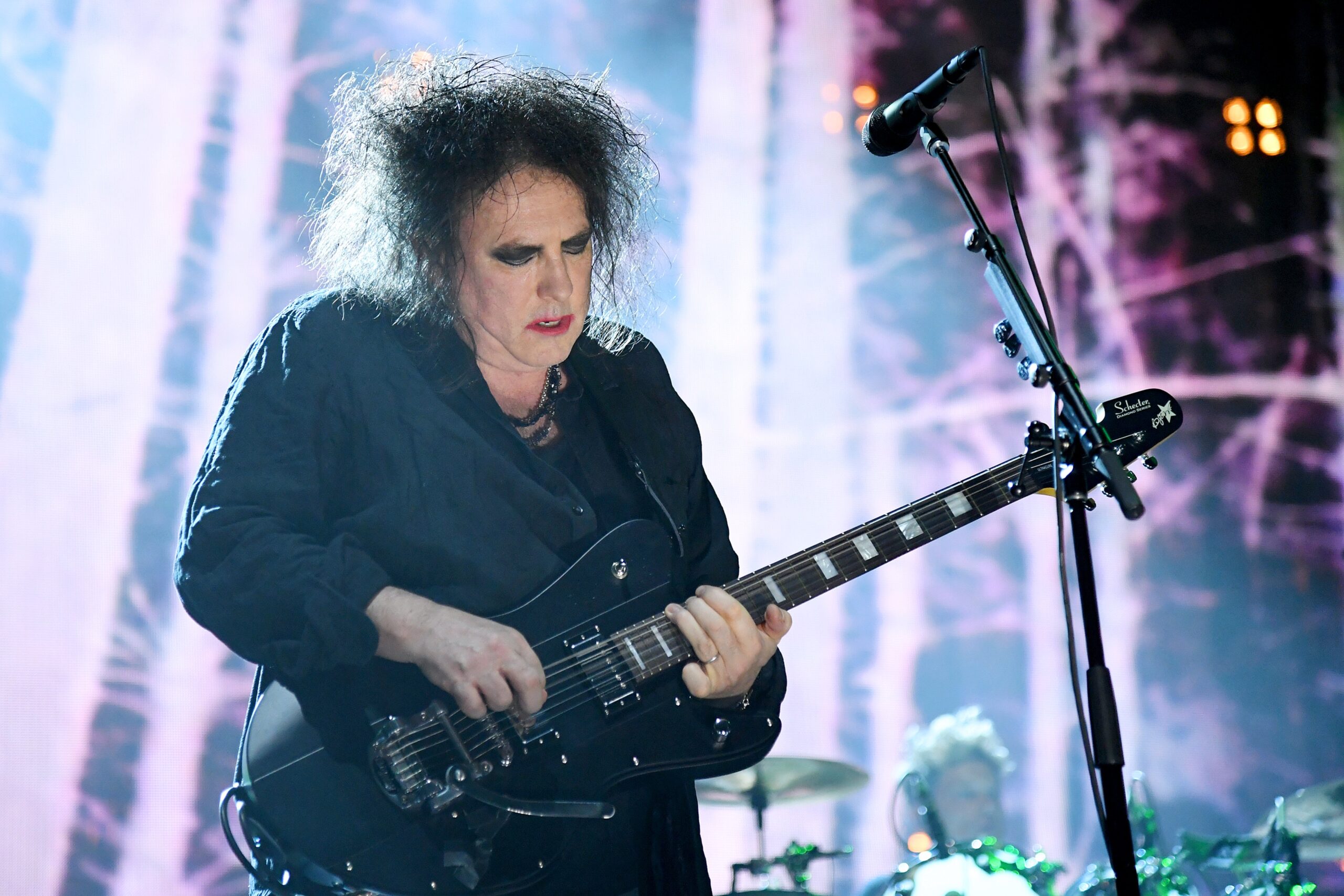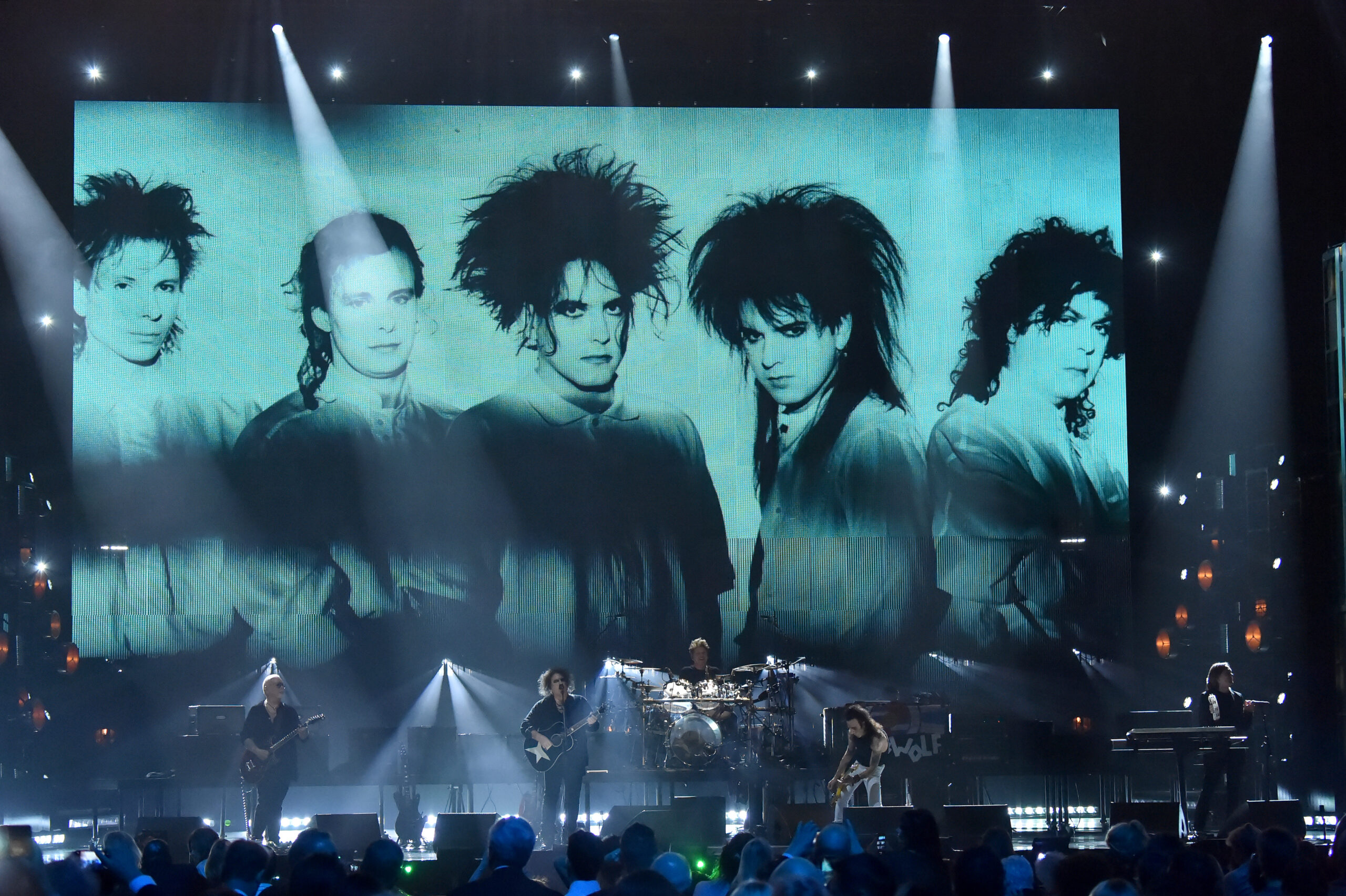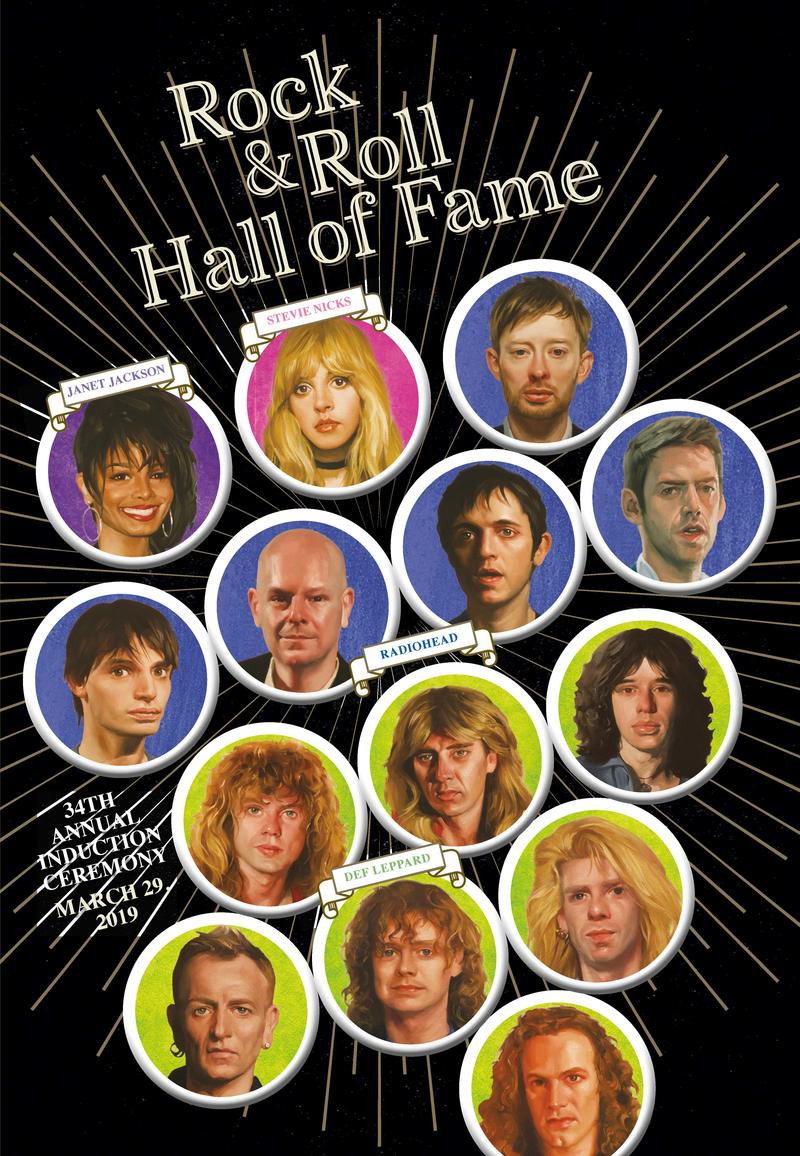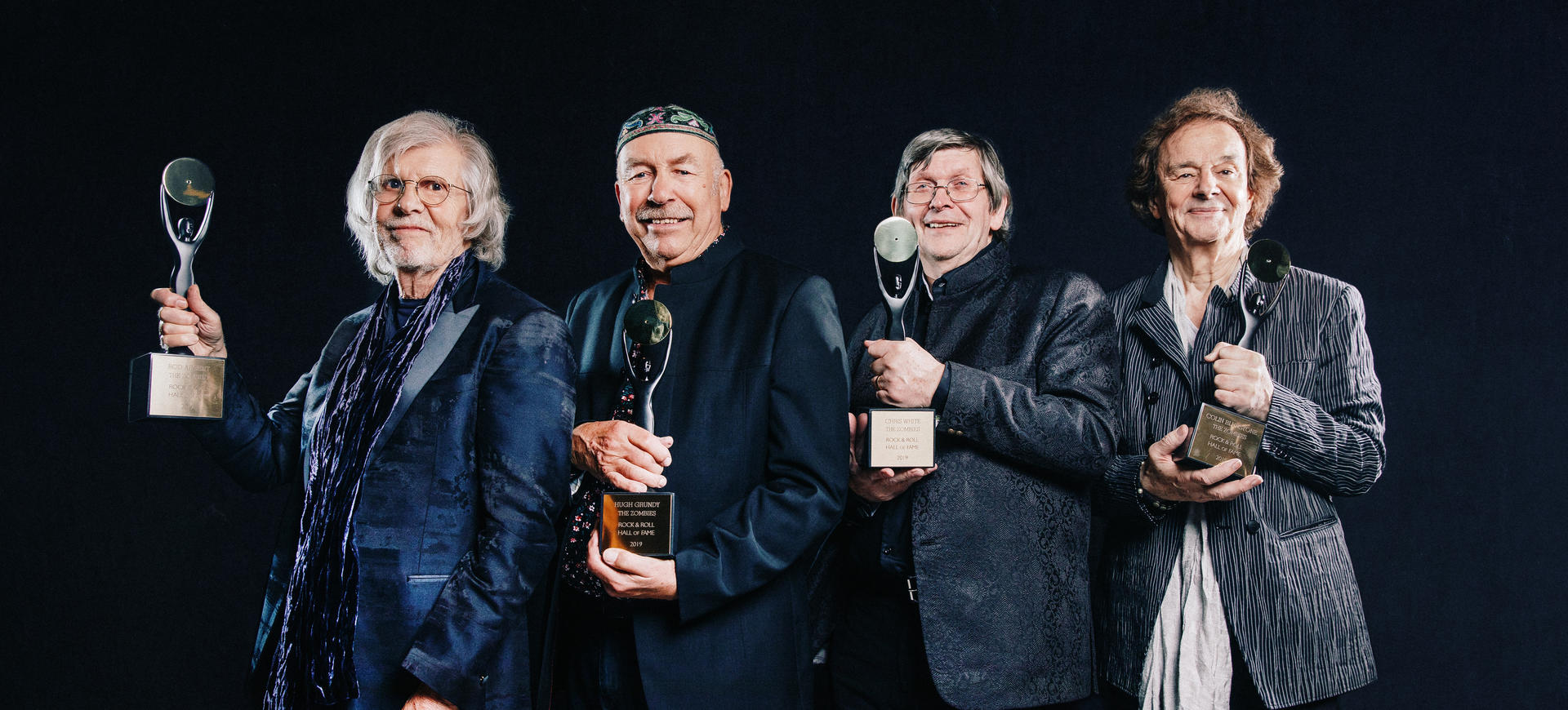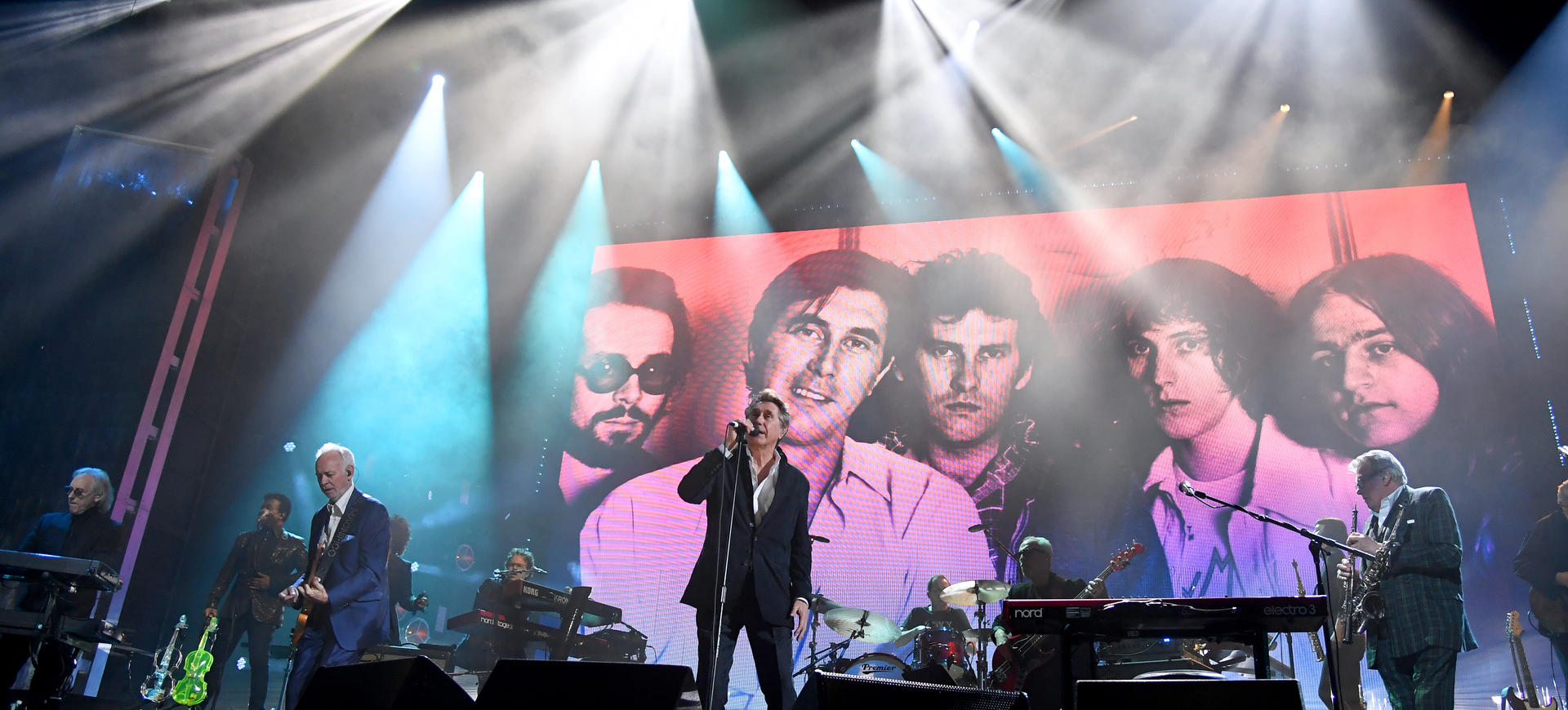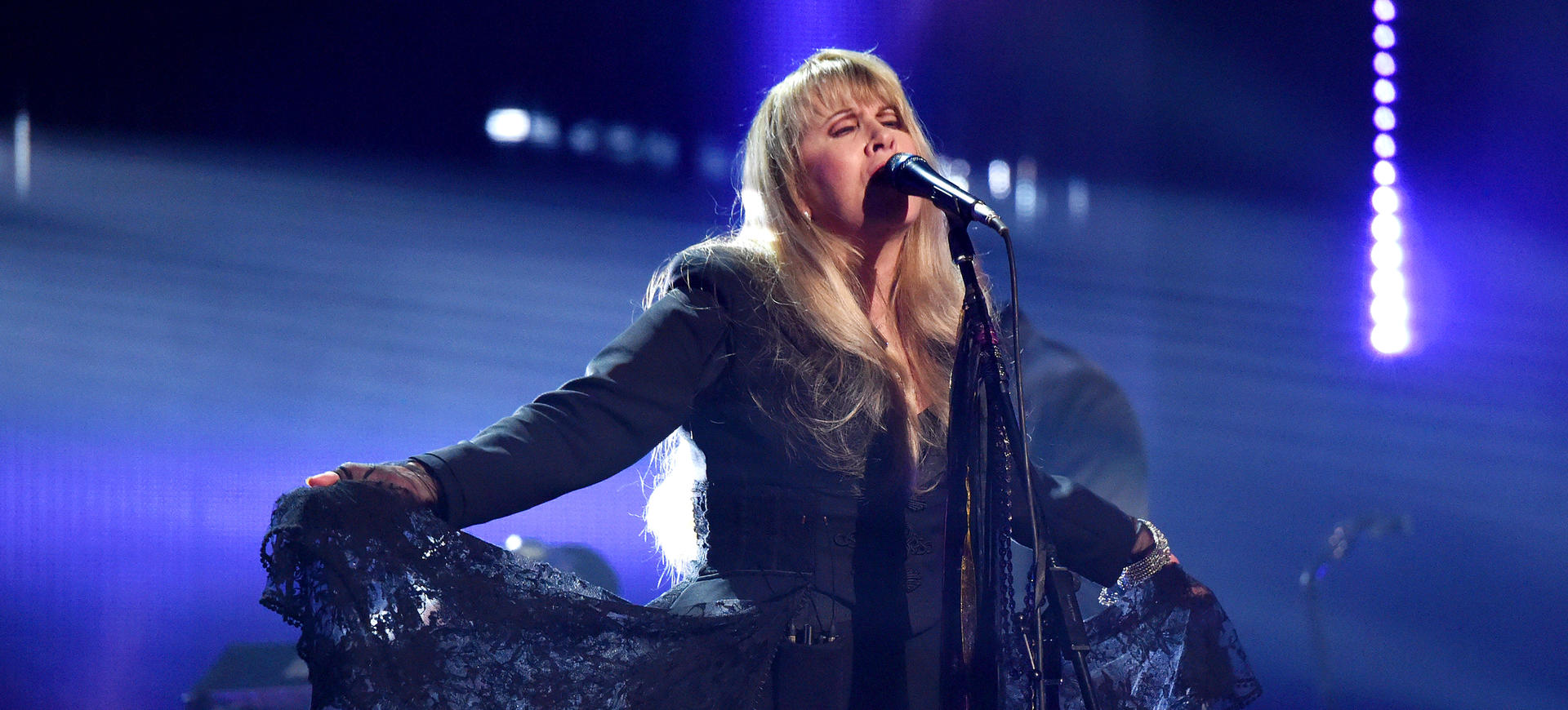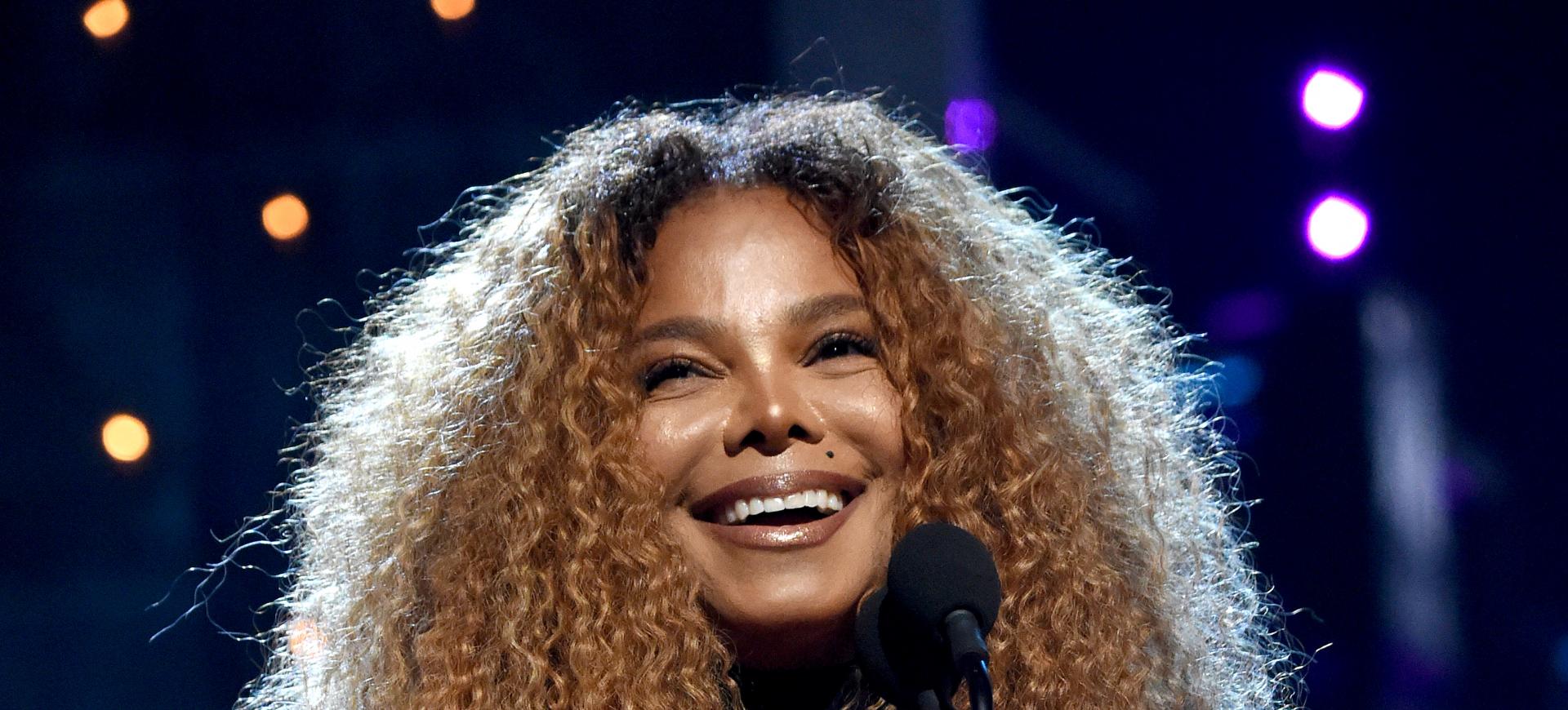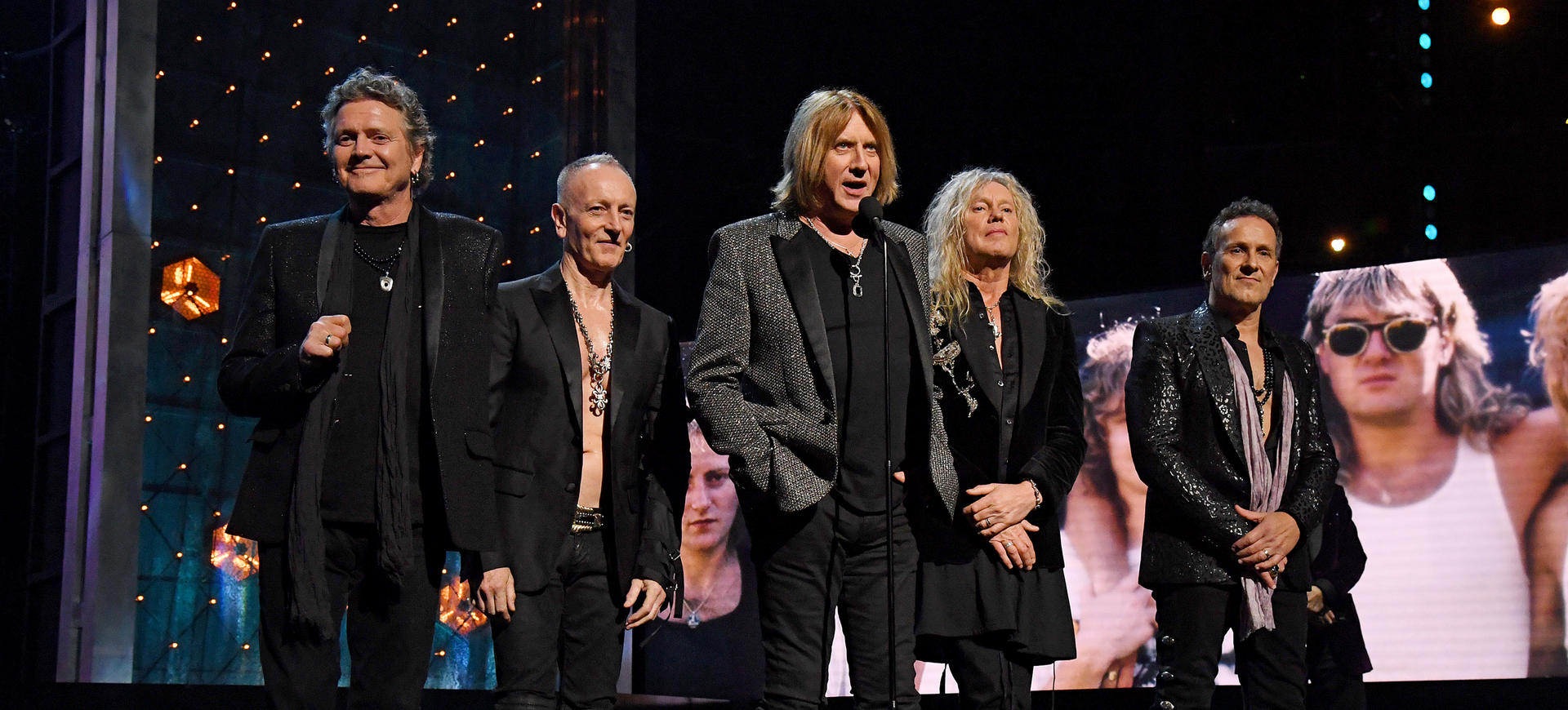YEAR
2019
INDUCTED BY
Trent Reznor
CATEGORY
Performers
The band’s sound has been called post-punk, gothic rock, new wave, and alternative – but as front man Robert Smith says, it’s all just “Cure music.”
HALL OF FAME
ESSAY
By Ira Robbins
A review of Three Imaginary Boys, the Cure’s debut album, ran in Melody Maker on May 12, 1979, under the headline “The Eighties Start Here.”
In England, the magnificent fury of punk rock as it broke in 1977 was already being consigned to cliché: The best bands were consigned to new stylistic adventures, and the bands they inspired into existence were moving even farther afield.
America gave most of it the cold shoulder, waiting for more colorful and diplomatic acts – the kind that MTV could embrace – to give the new decade a look and a sound, calling it everything from new wave to postpunk, New Romantic, synth pop, and college rock.

